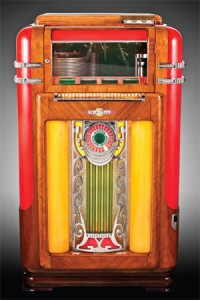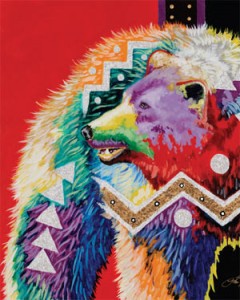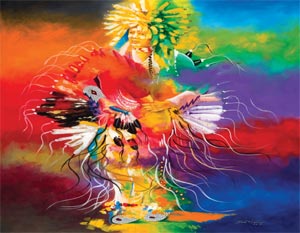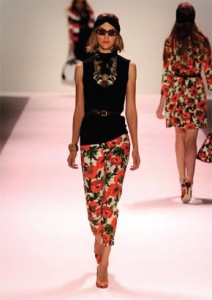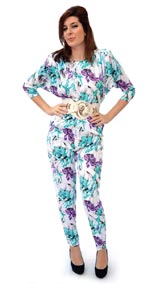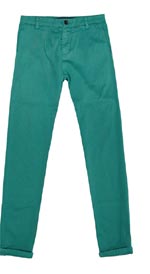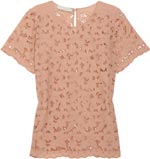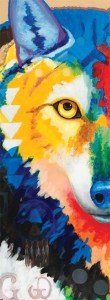I fell in love the first time to the music of the jukebox. I remember the day well; a wintry Sunday at the Pam-Pam Cafe and the song that stirred me was Sinatra’s All the Way. A dark-haired guy had put a coin into the Wurlitzer, and when the song played he glanced over at me with inviting eyes and smiled. I was gone at that very moment; sent straight to heaven by Sinatra’s magic and a glance.
The music from a jukebox may very well have ignited many such romances; a nickel rolled into a slot and then the simple spin of a record sending intoxicating music drifting across a crowded room and into the consciousness of young starry-eyed lovers.
Jukeboxes were leased to diners and coffee shops where people gathered, enabling one person to manipulate the ambiance by the power of a single nickel. Yes, the guy with the coins owned the joint, albeit for just a few minutes. The music-making machines were also located in Prohibition-era speakeasies where Jazz-Age people tangoed or danced the Charleston, and then jukeboxes appeared in wartime PXs, canteens and clubs, sending jitterbugging soldiers and USO girls swinging. The 1950s heyday of Select-O-Matic models saw acrobatic jiving and cool bebop. The word ‘juke’ derived from African Joog, aptly meaning wicked wild dancing.
For Pre-Boomers and Happy Days aficionados seeking a 1950s fix with a heavy dose of nostalgia, all senses will be satisfied with a visit to Danville’s Blackhawk Museum where an entire lower floor gallery exhibits one of the world’s best collections of vintage jukeboxes. Upon entering, Golden Age music sets the stage and jukeboxes’ riotous colors flash rainbow neon tubes—the iconic eye-candy music-makers ranging from 1929 to 1967.
Mid-century jukebox music may stir memories as the era’s leading vocalists sing familiar Hit-Parade songs; Memories Are Made of This; You Are My Destiny; Love Me Tender; April Love; Jailhouse Rock; Volare; Chantilly Lace; Witchcraft; and Peggy Lee’s Fever.
The jukebox did not just appear; it evolved from other music-generated automata. The first coin-op model phonograph appeared in 1889 in San Francisco’s Palais Royale, and the 1929 Depression spawned the first electronic version when a nickel bought a song. Jukeboxes could be defined as the earliest offering of standard song ‘playlists’—popular music all encapsulated in one big box.
Their popularity burgeoned when moving pictures moved from movies to talkies—film industries switching from silent to sound—crossovers to dialogue brilliantly spoofed in such classics as Singin’ in the Rain and the Academy Award winning masterpiece The Artist.
Music flourished on the Jazz Age scene, with cleverly-crafted songs by Cole Porter, Ira and George Gershwin, Irving Berlin and Hoagy Carmichael. When the market crashed in 1929, musical entertainment screeched to a halt; the last thing on the minds of laid-off workers in bread lines, were songs.
Music for the Masses:
Music was a luxury; only those who could afford theatre tickets heard concerts until melodies were generated by boxed mechanisms, amplified by cornucopia-shaped horns. Thomas Edison invented the first music machine in 1901, thus becoming instant luxury items for the wealthy and shared public venues. Few early 20th century recording artists became as famous as composer-pianist Sergei Rachmaninoff who was probably the very first recording star, followed by Italian tenor Enrico Caruso. It may very well have been the first time that classical themes and opera were introduced to the masses.
The popularity of hand-cranked Victrolas lasted through the first quarter of the century, and knocked into oblivion in the mid-30s when coin-operated multi-record Automated Phonographs were introduced. The automated machines grew from Post-Depression era cathartic needs for uplifting music in public places.
By the time pay-to-play jukeboxes were introduced, the fast-growing music industry realized that automatic coin-slot machines made money and were perfect venues to hook the public to their vast catalogues of music. The synergy between songwriters, music publishers, producers and recording artists was to be the perfect marriage to market music to the masses and voila!—the jukebox embedded itself in the culture as pure Americana.
The jukebox, magical keeper of songs, also became entrenched in global cultures broadcasting American music to the world. Pre-war years saw people swooning to popular music, written and produced with mass-listening in mind, setting hearts pounding, and the stirring rhythms igniting dancing, jiving and fox-trotting in canteens, clubs, cafeterias and cafes.
Jukebox styles evolved with kaleidoscopic colors and flashing lights that stimulated visual and auditory senses. They became iconic symbols for music-lovers; stirring monolithic memories to those who memorized top-chart songs, listening ad finitum to tunes ruled by the guys with pocketsful of nickels.
As Jon Snyder of the Blackhawk Museum points out; musicians and music industry moguls courted jukebox manufacturers and renting agents, who in turn courted location venues, and together they forged alliances to sell new music releases, splitting percentages and raking in the big bucks.
By the mid-30s, American music played on jukeboxes around the world, and the subsequent promotional angles singlehandedly caused record sales to soar. Once-obscure singers gained instant fame. Recordings by Victor, Columbia, Decca and Capitol Records were played thousands of times daily in self-contained money-generating media. Royalties, during the sales of 78rpm shellacs to the 45rpm victorious days of vinyl, set singers and musicians on trajectories to stardom. Thousands of jukeboxes blanketed big city night clubs and gas station diners; the smallest burgs knowing the biggest names and teenagers from farm to range knew every song.
Big name Wurlitzer out of Buffalo, New York emerged at the turn of the century manufacturing church and movie house organs, and then introduced music sound boxes that played as potently as a big band itself; an orchestra in a box. Wurlitzer 1015 played 78- standards and then in the 1950s introduced conversion kits that changed device mechanisms to 45rpms. Today, the Wurlitzer 1015 model is very sought after, fetching a whopping $16K.
Seeburg jumped on the bandwagon of auto-generated music in the 1930s, emerging as a serious player in the 1950s with Select-O-Matic100-record selection capabilities; and iconic ‘53 Seeburg M100C model anchored Happy Days TV show to the period. The man, who may very well have inspired the Rock-and-Roll term, was jukebox industry player, David Rockola. The rarest, single survivor, Rockola President Model is worth a cool $150K.
Mills made slug-proof coin-box machines and invented remote units where table patrons chose tunes-on-demand from juke joints. Enter Automated Musical Instruments Company, AMI in 1941 that perfected flip mechanisms for two-sided play and 200-45rpm record selections. Seventy five percent of new record releases went straight to jukeboxes, carpeting nations with the newest music, and if carousel play counts were good, it stayed, otherwise was purged.
Multi-colored illuminated jukebox styles evolved during the Golden Age, diverting from drab ho-hum cabinets that first housed the mechanisms. Artistic stylists borrowed Art Deco and Moderne sleek, lustrous lines that had advanced fresh looks for ship and automobile design; streamlined, seductive, sexy and geometrically innovative visuals that were subliminally indicative of sensuously intoxicating music drifting from the new magical boxes.
Jukebox design reflected period styles, such as Wurlitzer’s 1941 flashy ‘Peacock’ model that warrants a price tag of $23K and the Bandbox model $24K, topped by the rarest Gables Kuro model for $125K; only four existing in the world.
Jukebox Saturday Night – Frankie, Elvis and Pat Boone
The jukebox was the marquee, if you will, showcasing golden voiced superstars; the vocal heroes of favorite playlists. Hit Parade singers still resonate; Frankie, Judy, Ella, Satchmo, Dean, Elvis, Everly Brothers, Kingston Trio, Connie Francis and Pat Boone.
When the 1950s saw a post-war generation emerging, the jukebox yielded to the seduction of the new box on the block; the television set. Jukebox culture had run its course; the competition of black and white screens housed in sleek teak cabinets became the focal point of American family rooms, and storied jukeboxes were relegated to obscurity along with defunct Victrolas.
As Blackhawk Museum’s Jon Snyder states, “The 50s were the saturation point for the jukebox, and is the time when it enters the collective memory of so many…new models moved to high-end night-clubs, the older models to the diners—ironically the very jukeboxes where the rock-and-roll culture began to flourish, even though the Golden Age of jukeboxes had already waned…”
Twenty one iconic Golden Age jukeboxes are exhibited in Danville’s Blackhawk Museum, the monolithic building anchoring the Blackhawk Plaza. “Jukebox Saturday Night” is featured in the lower gallery of the world-renowned museum where one of the world’s most important antique, classic and vintage car collections is on permanent exhibit.
Blackhawk Museum, 3700 Blackhawk Plaza Circle, Danville, CA 94506 Enquiries: 925.736.2280 www.blackhawkmuseum.org
